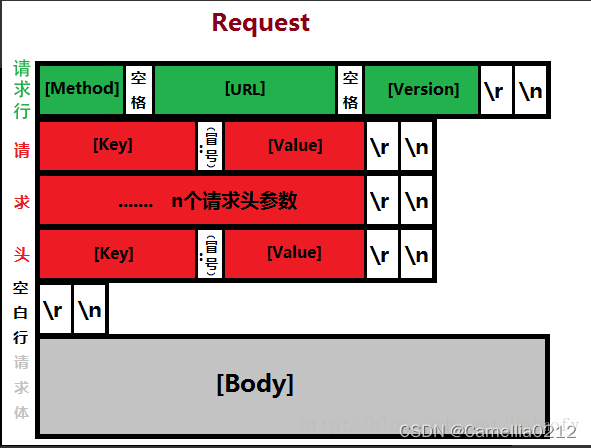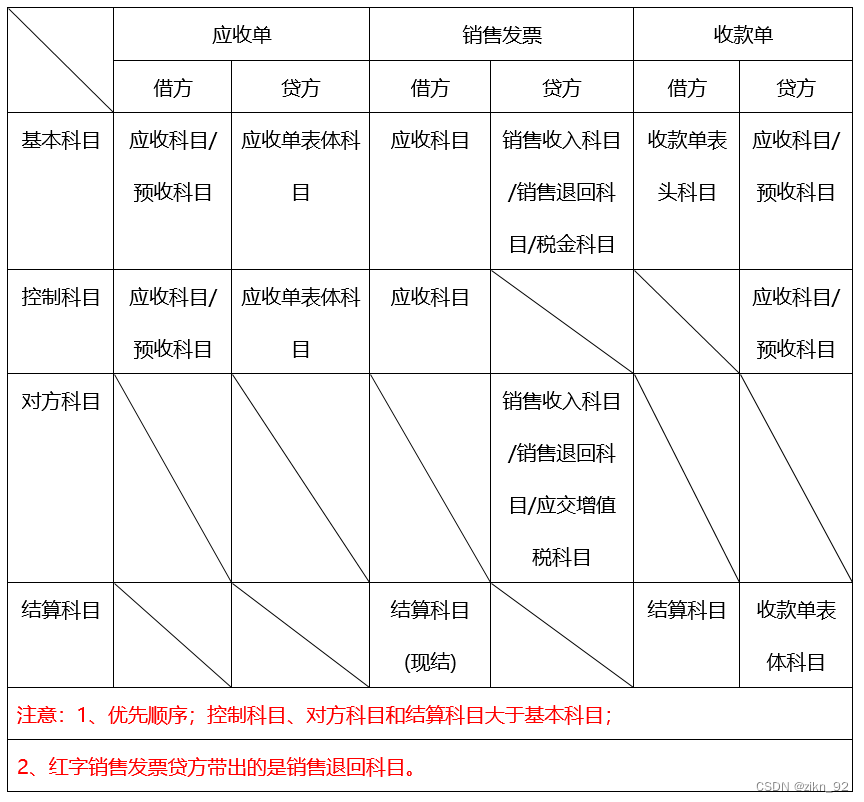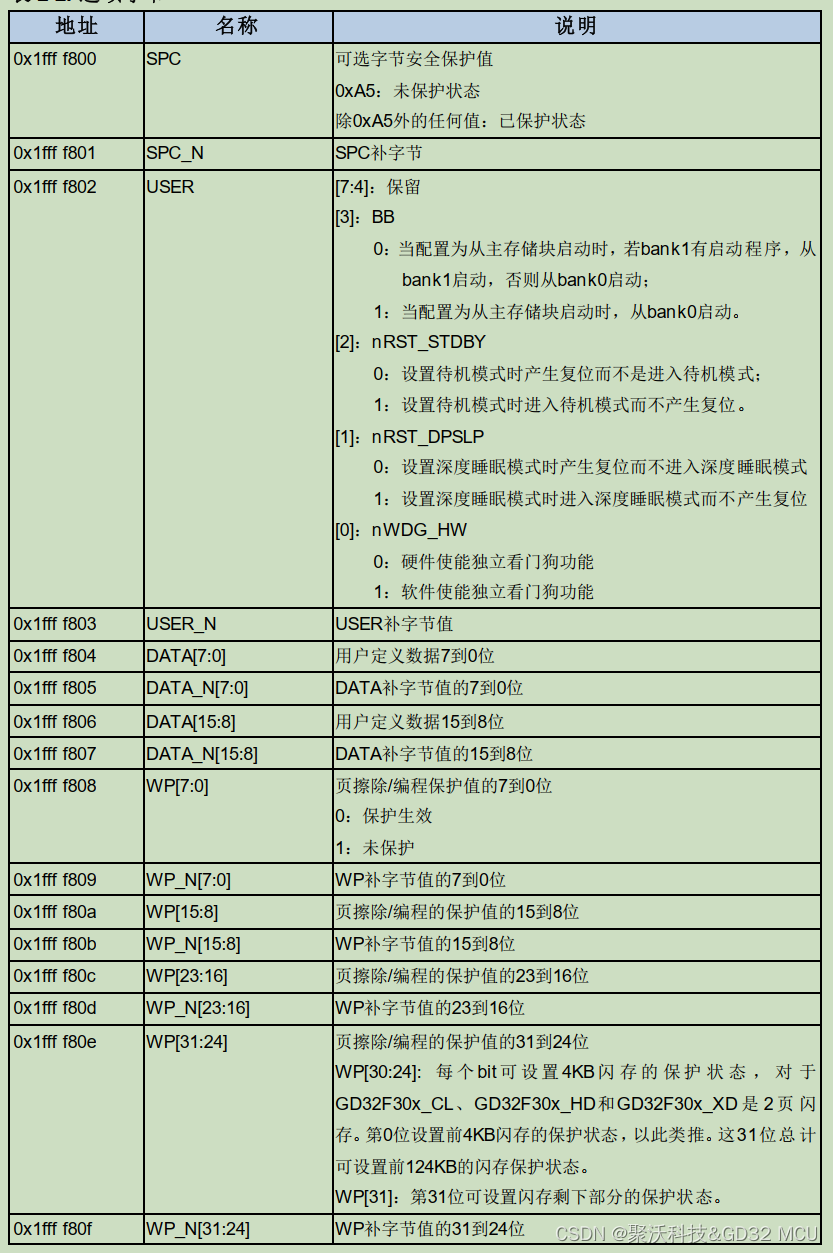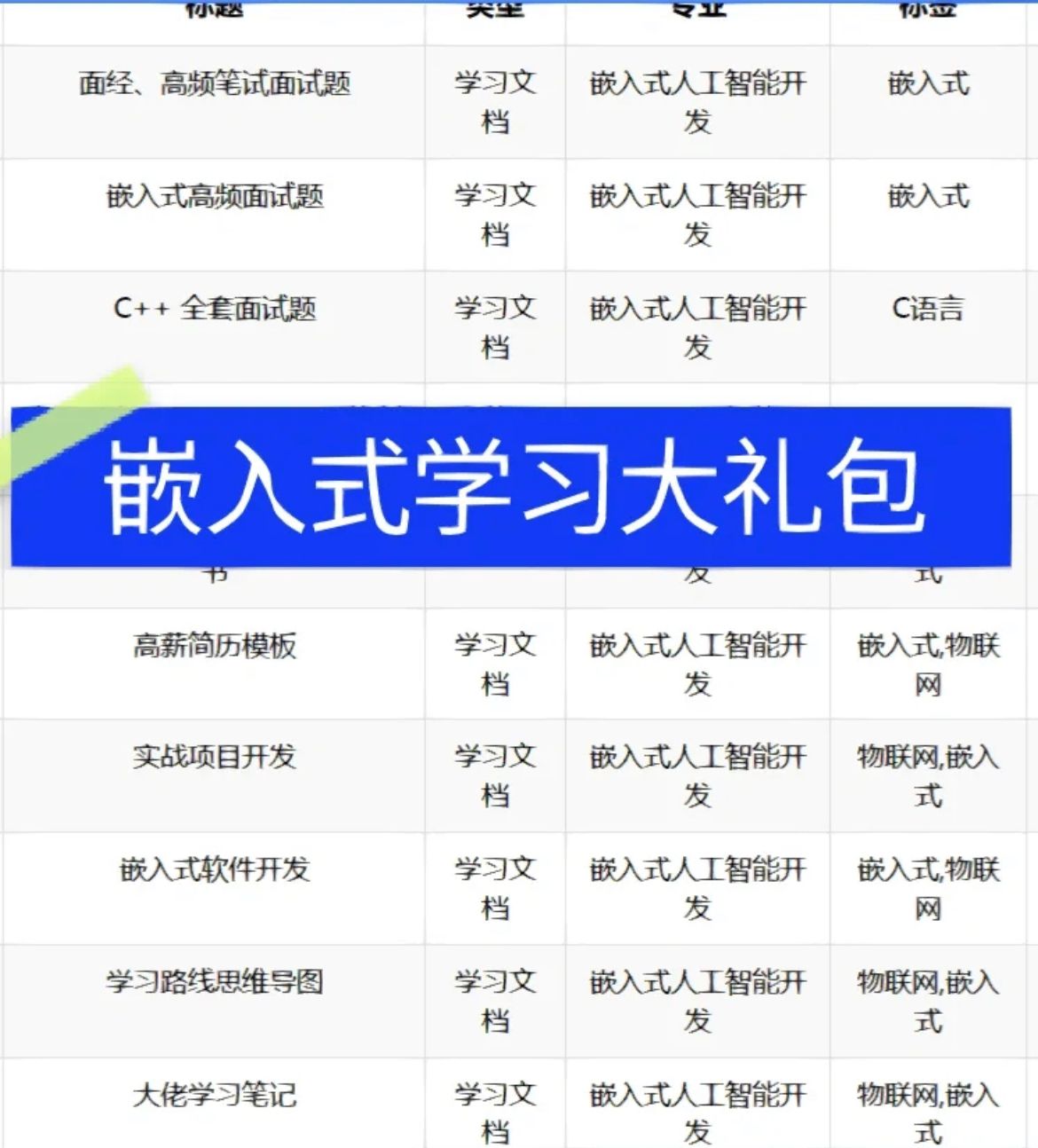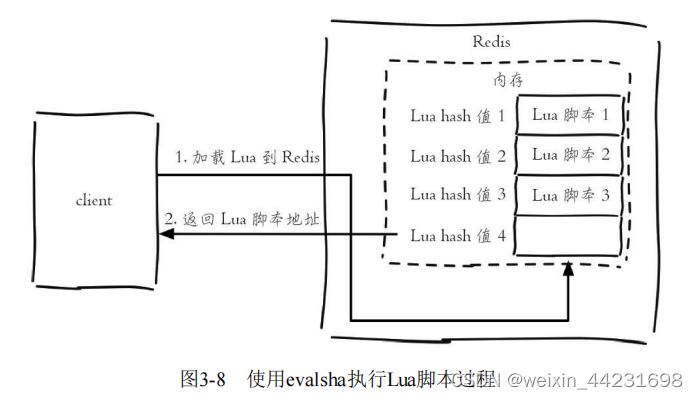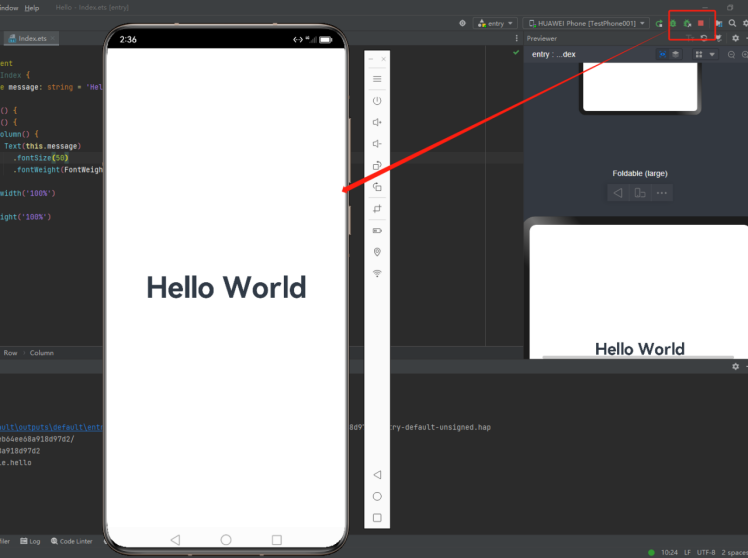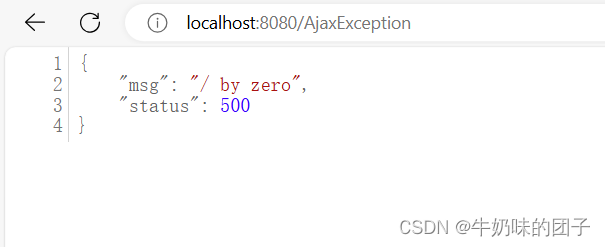目录
- 题目
- 1- 思路
- 2- 实现
- ⭐46. 全排列——题解思路
- 3- ACM实现
题目
- 原题连接:46. 全排列
1- 思路
模式识别
- 模式1:不含重复数字的数组
nums——> 任意顺序 可能的全排列 ——> 回溯 - 模式2:全排列 ——> 排列问题,不同于组合问题 ——>
- 回溯每次相当于枚举一个结果集,当当层结果集的长度为
nums.length时候收集结果
为什么排列问题需要用 used 数组?
- 排列问题关注元素的顺序,即[1, 2]和[2, 1]被视为两个不同的排列。为了生成所有可能的排列,每个元素在每个特定的排列中只能出现一次,但可以在不同的排列中重复出现。
- used数组的作用: 在排列问题中,used数组用来跟踪每个元素是否已经被当前排列使用。这是因为每个元素在生成单个排列时只能使用一次,但在生成不同的排列时可以重新使用。used数组确保在构建每个排列时,每个元素只被选择一次。
组合问题中
- 组合问题不关注元素的顺序,即[1, 2]和[2, 1]被视为相同的组合。组合问题通常要求选择一个子集,不考虑元素的排列顺序。
- 组合问题中的递归调用: 在组合问题中,通常不需要used数组,因为一旦选择了一个元素,就不需要再次选择它。递归调用时,通常将下一个元素的索引传递给递归函数,这样就自然地避免了重复使用同一个元素。
- 组合问题通过传递 startIndex 来避免递归过程中重复取元素的问题。
回溯三部曲
- 1.回溯参数返回值
- 参数为:参数
nums - 返回值为
void,通过定义List<List<Integer>> res收集结果
- 参数为:参数
- 2.终止条件 && 结果收集
- 当 当前
iterm.size() == nums.length收集结果并return;
- 当 当前
- 3.回溯搜索的遍历过程
- for(int i = 0; i<nums.length;i++)
2- 实现
⭐46. 全排列——题解思路
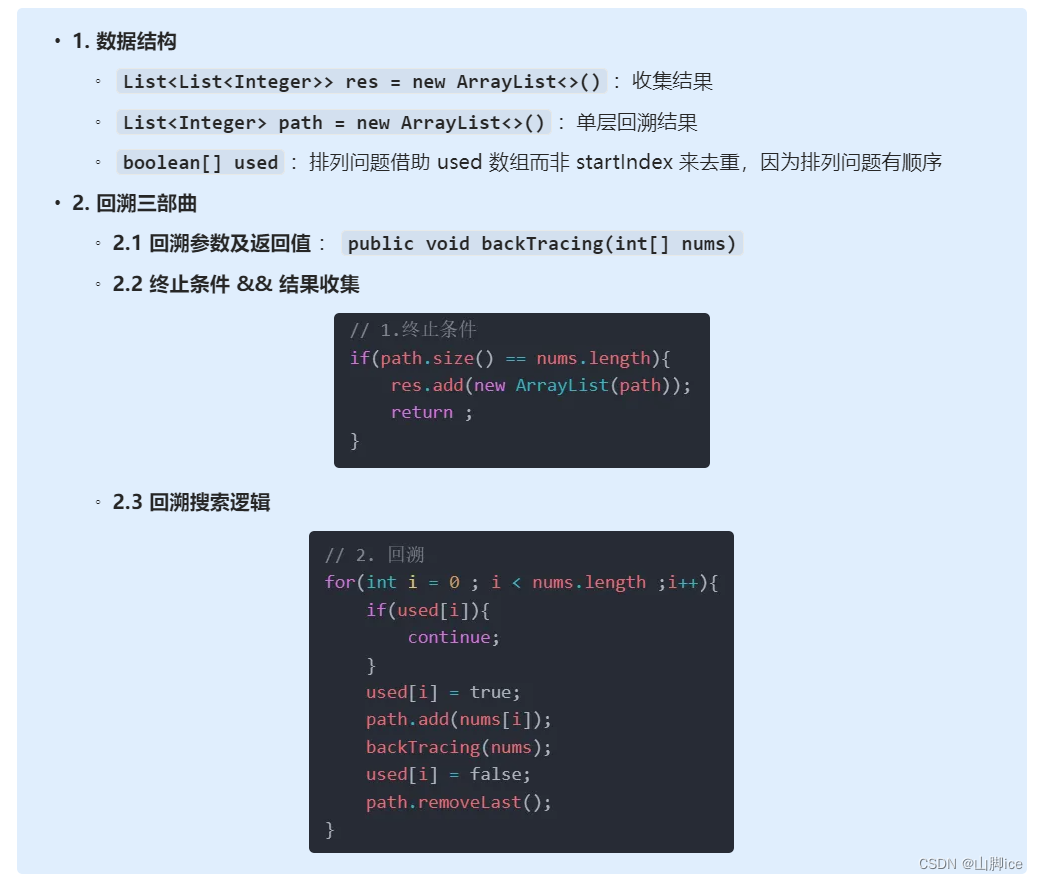
class Solution {
List<List<Integer>> res = new ArrayList<>();
List<Integer> path = new ArrayList<>();
boolean[] used;
public List<List<Integer>> permute(int[] nums) {
used = new boolean[nums.length];
Arrays.fill(used,false);
backTracing(nums);
return res;
}
public void backTracing(int[] nums){
// 1.终止条件
if(path.size() == nums.length){
res.add(new ArrayList(path));
return ;
}
// 2. 回溯
for(int i = 0 ; i < nums.length ;i++){
if(used[i]){
continue;
}
used[i] = true;
path.add(nums[i]);
backTracing(nums);
used[i] = false;
path.removeLast();
}
}
}
3- ACM实现
public class permute {
static List<List<Integer>> res = new ArrayList<>();
static List<Integer> path = new ArrayList<>();
static boolean[] used;
public static List<List<Integer>> permuteFunction(int[] nums){
used = new boolean[nums.length];
Arrays.fill(used,false);
backTracing(nums);
return res;
}
public static void backTracing(int[] nums){
// 2.终止条件
if(nums.length==path.size()){
res.add(new ArrayList<>(path));
}
// 3.回溯遍历搜索过程
for(int i = 0; i < nums.length;i++){
if(used[i]){
continue;
}
used[i] = true;
path.add(nums[i]);
backTracing(nums);
used[i] = false;
path.remove(path.size()-1);
}
}
public static void main(String[] args) {
Scanner sc = new Scanner(System.in);
System.out.println("输入全排列数组长度");
int n = sc.nextInt();
System.out.println("输入数组值");
int[] nums = new int[n];
for(int i = 0 ; i < n;i++){
nums[i] = sc.nextInt();
}
System.out.println("全排列的结果是");
List<List<Integer>> forRes = permuteFunction(nums);
System.out.println(forRes.toString());
}
}



